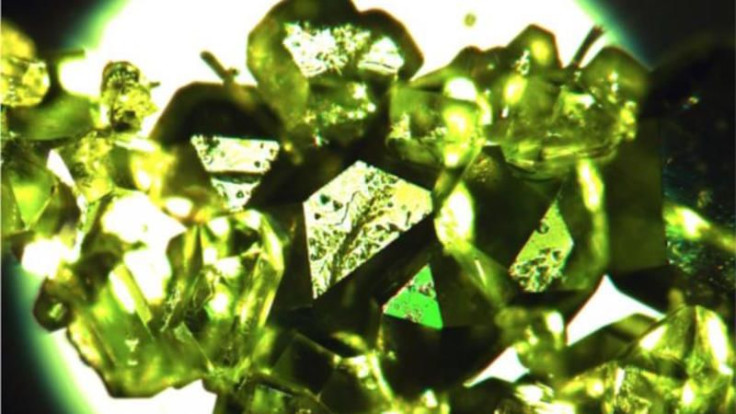Labs recreate 2 strange minerals – stepanovite & zhemchuzhkovite – dug up in Siberian mines in the 1940s

When American mining company Moon Express deploys robotic probe to the moon surface in 2017, upon its return, the company is expected to begin mining the moon for resources such as iron ore, water, rare earths and precious metals. Of course, they may discover other minerals previous unknown to man, such as what a Siberian mine recently yielded.
Miners actually dug up two mineral in Siberia in the 1940s, but few geologists noticed the properties of stepanovite and zhemchuzhnikovite. However, in 2010 Tomislav Friscic, chemistry professor of McGill University, noticed the similarity of two minerals with metal-organic frameworks (MOFs).
MOFs are molecular sponges that soak up gases such as hydrogen or carbon dioxide and store it for future us, similar to a cell. Chemists crafted the MOFs in laboratories.
Igor Huskic, graduate student at McGill, and author of the study, published in Science Advances, successfully created synthetic versions of the two minerals dug from Siberia by using details from an old mineralogy journal.
Their Russian co-authors eventually traced the samples from the 1940s and the team confirmed the synthetic version and the original materials were similar. Friscic notes what the team did was the opposite of the usual procedure when a material is discovered and analysed. If experts find interesting properties it is mimicked in the lab.
He points out, “This raises the possibility that there might be other, more abundant, MOF minerals out there,” quotes Sciencealert. Both stepanovite and zhemchuzhnikovite have elaborate structures like honeycombs with large voids at the molecular level.




















